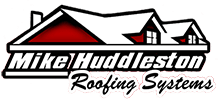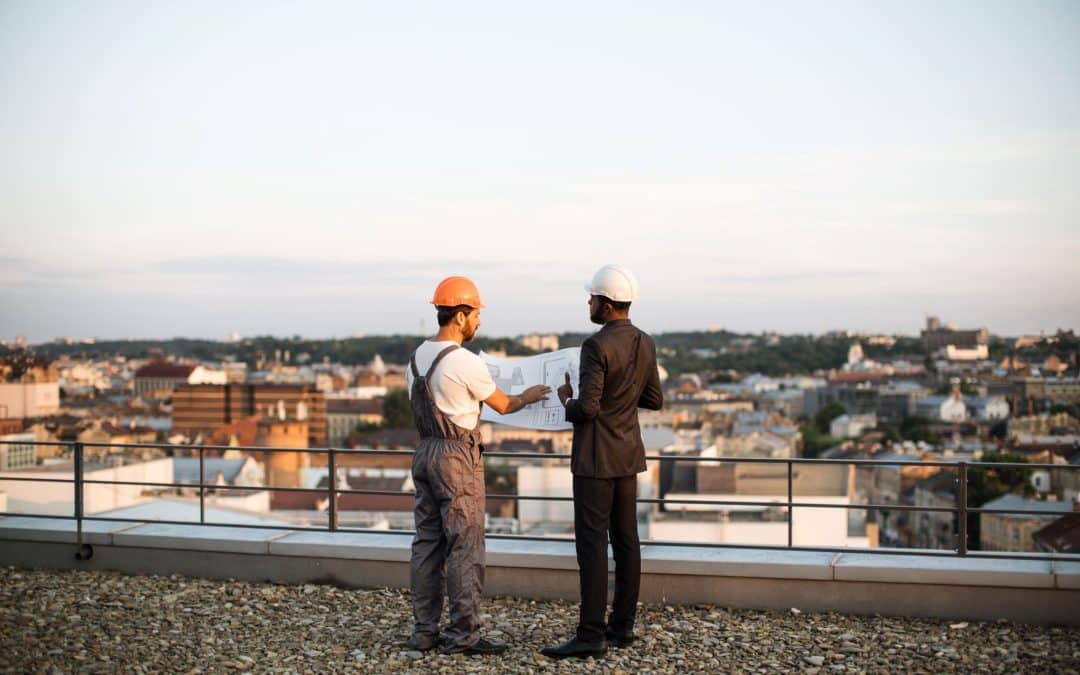In commercial construction and building management, selecting the right roofing structure is much more than a matter of aesthetics; it’s a strategic decision that impacts the property’s functionality and financial health. Flat roofs have increasingly become a favored choice among business owners and property managers for their versatility and cost-effectiveness. As specialists in commercial roofing systems, we often recommend flat roofs for their streamlined appearance and practical benefits in space management and maintenance ease.
Flat roofing systems offer distinct advantages that can enhance the operational efficiency of any commercial building. Their design simplifies several roof installation and upkeep aspects, which can be crucial for large-scale commercial properties. Moreover, the potential to utilize the roof space for various functional purposes — whether for HVAC system placements, green roofing, or even recreational spaces — adds a unique value that pitched roofs cannot match. Businesses can maximize their usable space by choosing a flat roof, thereby leveraging every square foot of their property.
Essential Benefits of Flat Roofing for Commercial Properties
Flat roofing is an outstanding option for commercial properties, offering distinct advantages that elevate functionality and cost-efficiency. We’ve installed numerous flat roofs across various business facilities and have seen firsthand how they provide a practical solution for many common commercial roofing concerns. One of the primary benefits of flat roofing is its cost-effectiveness. The installation process is generally simpler and faster compared to pitched roofs, which translates into lower labor costs and minimizes disruption to your business operations.
Additionally, flat roofs offer excellent accessibility. This accessibility makes it easier for us to conduct inspections, maintenance, and repairs. It also simplifies the installation of HVAC systems and other rooftop equipment, which can be costly and complex with other roofing types. From a durability standpoint, modern flat roofing materials are designed to withstand harsh weather conditions and offer impressive longevity, making them an ideal choice for protecting your business investments.
Space Utilization: Transforming Your Flat Roof into Usable Space
One of the most innovative ways flat roofs enhance commercial properties is by transforming unused rooftop space into practical, usable areas. Many businesses leverage their flat roofs for additional purposes, turning them into green spaces, outdoor break areas, or event venues. This not only maximizes the space within your property but also potentially adds value to your building and enhances the well-being of employees and visitors.
Creating rooftop gardens on flat roofs can contribute to environmental sustainability by reducing the heat island effect in urban areas. These green spaces help regulate building temperatures, reduce stormwater runoff, and lower heating and cooling costs. Alternatively, installing amenities such as seating areas or exercise spaces can boost employee satisfaction and productivity by providing them a place to relax and recharge during breaks. Whatever the vision, we’re here to help make your rooftop space not just functional but also inviting and innovative.
Maintenance Guides for Long-Lasting Flat Roofs
Maintaining your flat roof is crucial to extending its lifespan and optimizing its performance. Regular maintenance helps prevent leaks and other damage and ensures that your roof remains energy-efficient and functional. We recommend scheduling professional inspections at least twice a year, ideally during spring and fall. These inspections are vital to check for ponding water, clean debris, and inspect the roofing membrane for punctures or wear.
Between professional check-ups, keeping the roof and drainage systems clear of debris is important. Leaves, branches, and other materials can accumulate and clog drains, leading to water buildup that might seep into the building. Additionally, be vigilant about the roof’s surface. Even minor cracks or blistering can escalate into significant issues if not addressed promptly. By ensuring these elements are regularly checked and maintained, you can significantly increase the longevity and effectiveness of your flat roofing system.
Choosing the Right Flat Roof System for Your Commercial Building
Selecting the right flat roof system involves considering several factors, including climate, building usage, and budget. For buildings in areas with heavy rainfall or snow, a roof with excellent waterproofing and load-bearing capabilities is essential. TPO (thermoplastic polyolefin) roofing systems are popular for their durability, resistance to ultraviolet light, and reflective properties, which can reduce cooling costs dramatically.
For businesses focused on sustainability, a green roofing system might be the best choice. These roofs feature a layer of vegetation that can help manage rainwater, improve insulation, and enhance the building’s aesthetic appeal. Meanwhile, PVC (polyvinyl chloride) roofing offers a balance between cost-effectiveness and performance, providing strong resistance to chemicals, fire, and water.
Conclusion
We understand that choosing and maintaining a roofing system requires thoughtful consideration of your specific needs and professional guidance. At Mike Huddleston Roofing Systems, we pride ourselves on offering expert advice and tailored solutions for your roofing requirements. Whether you are exploring flat roofing options or seeking maintenance services, our team is here to ensure your roofing investment is sound and beneficial. Contact us today to learn how we can help you with your commercial roofing needs.

